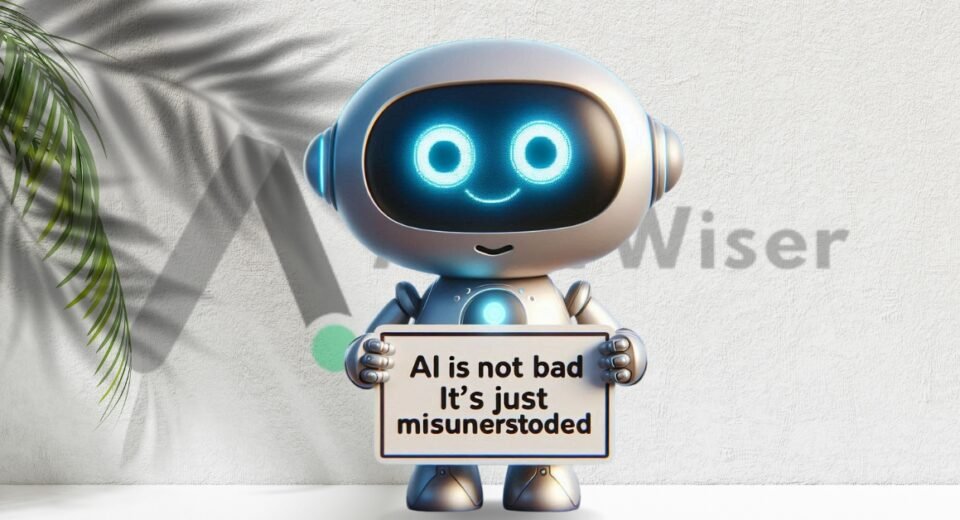Stylized Rendering as a Function of Expectation: Merging Art and Computation
A revolutionary method in computer graphics, stylized rendering as a function of expectation combines computational accuracy with creative purpose. This hypothesis is based on the assumption that our expectations and preconceptions have a significant impact on how we perceive and value visual representations. Stylized rendering embraces abstraction and creative interpretation to conform to predetermined expectations, in contrast to traditional rendering, which strives for photorealism. Artistic Influence on Visual Elements Fundamentally, stylized rendering as a function of expectation is the use of aesthetic forms and graphic methods to communicate themes and feelings that depart from realistic portrayals. Artists and designers manipulate color schemes, brushstrokes, and patterns to create visuals that speak to particular expectations, whether they be emotional or thematic. This method strengthens the narrative and emotional undertones of the visual information in addition to improving its aesthetic appeal. Role of Expectation Expectation has a crucial part in stylistic representation. Viewers’ views of a scene or work of art are influenced by their cultural origins, individual experiences, and the wider society when they interact with it. For example, vivid colors and fanciful visuals fit the expectations of wonder and adventure in a fantasy game targeted towards younger players. On the other hand, a noir detective game uses stark contrasts and monochrome colors to create tension and grit. Artists may boost the emotional and immersive effect of their work greatly by matching the stylistic rendering to these audience expectations. Technical Implementation Sophisticated models and algorithms are used in stylized rendering as a function of expectation to digitally convey creative vision. In order to achieve these effects, methods like procedural creation and neural style transmission are essential. In order to create a unified aesthetic, neural style transfer applies the visual style of one picture to another while adhering to artistic standards. Procedural generation gives you control over stylistic components by using algorithms to build complex textures and patterns that match the intended visual style. Challenges and Future Prospects Stylized rendering has benefits, but it also has drawbacks, especially when it comes to striking a balance between creative aim and practicality. For desired results, artists must work within the constraints of rendering technology without sacrificing visual quality or performance. To guarantee that the finished product is in line with the planned vision, good communication is also necessary due to the subjective nature of creative expectations. Future developments in artificial intelligence and machine learning should improve stylistic rendering methods. These advancements will enable for even more creative and varied visual styles by improving the accuracy and adaptability of styled rendering. Stylized rendering as an expectation-based function will remain vital in influencing the direction of digital media and the visual arts, fusing computational innovation with creative artistic expression.
















